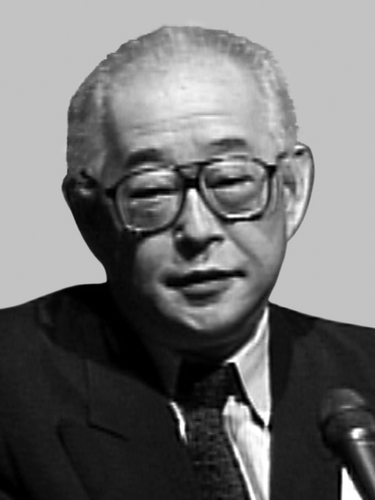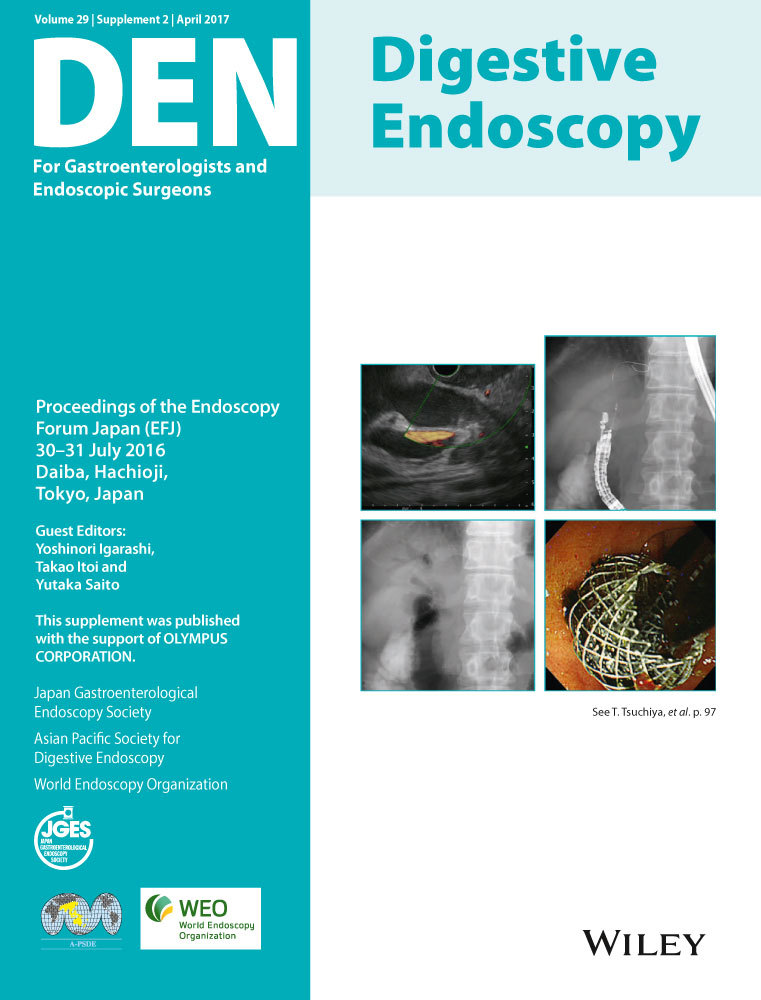Memorial Address for Dr Masatsugu Nakajima
Dr Masatsugu Nakajima passed away suddenly by the rupture of an abdominal aneurysm on 16 March 2016. He was 74 years old. It was a really sudden death, as we saw him in our hospital during the daytime. After returning to his house, he complained to his wife of lower abdominal pain, which was not so severe. His wife called to him after a while, there was no response, and he was found in a state of cardiopulmonary arrest. He never came to life again.
Dr Masatsugu Nakajima was born in Sumoto city, Hyogo-prefecture, and graduated from Kyoto Prefectural University of Medicine in 1967. He worked at Kyoto Prefectural University Hospital and Biwako-GI Hospital, and had moved to Kyoto Second Red Cross Hospital as a Director of the Department of Gastroenterology in 1982. He became Vice President of the Hospital from 1999, and he became President of Kyoto Second Red Cross Hospital from 2006. After Dr Nakajima retired his position in 2012, he was working for the hospital as a supervisor of the laboratory department and honorable president.
I would like to express my sincere gratitude to Dr Nakajima, as he was my mentor and master from 1981. I have learned everything on gastroenterology (GI) and GI endoscopy from him.
As you know, Dr Nakajima was a pioneer of endoscopic sphincterotomy (EST) and an expert on pancreatobiliary endoscopy. Dr Nakajima reported his first paper on EST in 1973 and also reported many English and Japanese papers on diagnostic and therapeutic endoscopy of the pancreatobiliary tract.
Endoscopy Forum Japan (EFJ) was started in 1999. Before the establishment of EFJ, Dr Nakajima was an organizing committee member of the Mt Hiei symposium, which had been held every other year since 1973 by Professor Keiichi Kawai, Department of Preventive Medicine, Kyoto Prefectural University of Medicine. This symposium was held at Mt Hiei Hotel to discuss the most important areas in gastroenterology. Participants were invited from the whole country and stayed at the hotel to discuss the topics from morning to evening. The main topic of the 10th Mt Hiei symposium was ‘Diagnostic and Therapeutic Endoscopy’, which was held in 1995, inviting young and rising researchers in digestive endoscopy, with the support of Olympus Medical Systems. After this meeting was successfully held, Dr Nakajima had many requests from the guests to continue this type of meeting to have an informal discussion on the possibility of diagnostic and therapeutic endoscopy with young endoscopists.
Beginning in August of 1999, the first EFJ meeting was held in Kiroro Hotel, Hokkaido. At first, one of the proposal names of the meeting was Endoscopy Masters’ Forum Japan (EMF-J), as a worldwide meeting was already established in the USA named EMF. We expected this meeting would be for younger endoscopists who will become masters. This meeting is now officially called EFJ and we have the confidence that EFJ is familiar to most Japanese endoscopists.
The purposes of EFJ were the development of diagnostic and therapeutic endoscopy, unconstrained discussion with younger generations of endoscopists and engineers from Olympus R&D, internationalization of Japanese endoscopists, worldwide distribution of scholarly achievements of Japanese endoscopists, standardization of endoscopic procedures and forming friendships and good relations with each other.
At the opening of the first meeting, Dr Nakajima, as President of EFJ, made a remark taking off his necktie and encouraging other members to do the same, hoping to relax for free and open-minded discussion. This scene became the tradition and legend of EFJ. Since then, EFJ has been developed achieving its aiming missions, which were expected at the beginning of EFJ, and it has become one of the important and attractive meetings of GI endoscopy in the world. We had hoped for many more years of Dr Nakajima's brilliance and leadership and for watching the future of EFJ.
However, I believe his spirit will always live in our hearts.
May his soul rest in peace.





